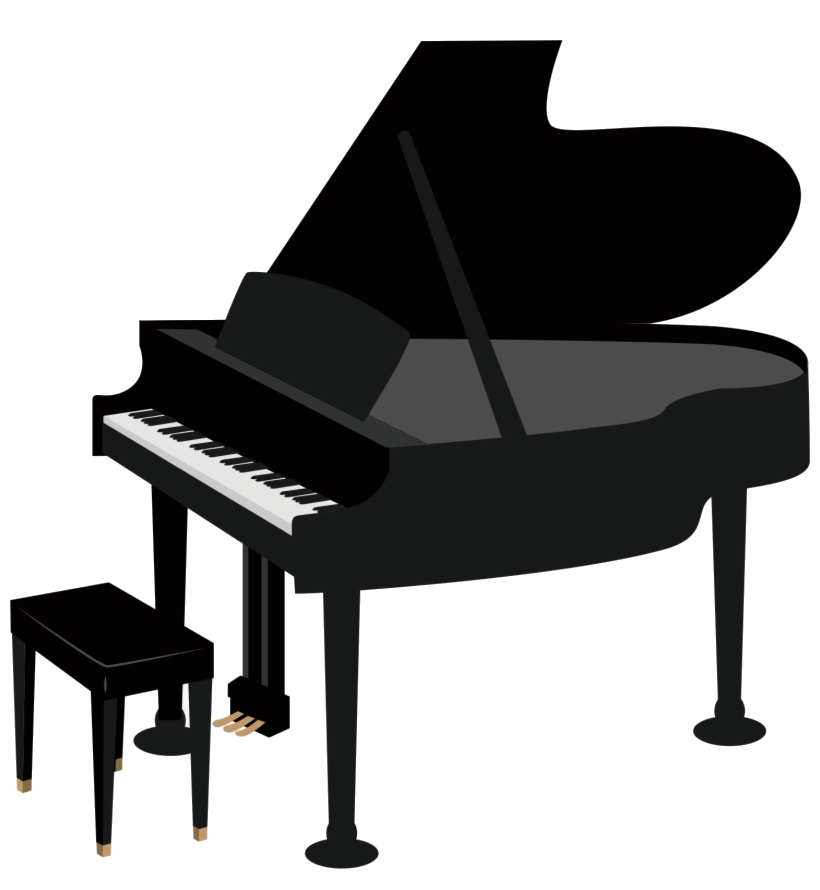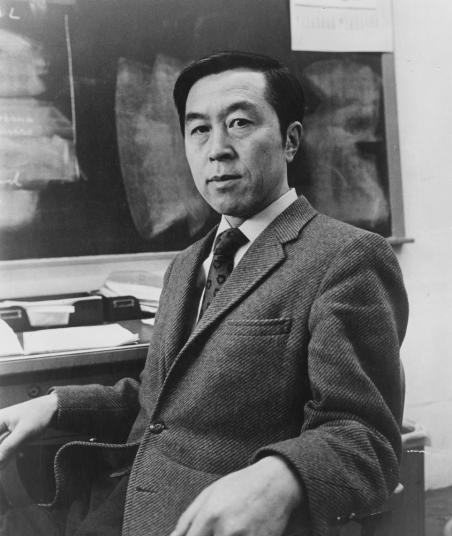
Deutsch-Chinesische Enzyklopädie, 德汉百科
 Science and technology
Science and technology




 Connecticut-CT
Connecticut-CT
 Ivy League
Ivy League

 Medical, Pharmaceutical, Rehabilitation
Medical, Pharmaceutical, Rehabilitation
 Medical colleges/Research Institute
Medical colleges/Research Institute
 Nobel prize
Nobel prize
 Nobel Prize in Chemistry
Nobel Prize in Chemistry
 Nobel prize
Nobel prize
 Nobel Peace Prize
Nobel Peace Prize
 Nobel prize
Nobel prize
 Nobel Prize in Literature
Nobel Prize in Literature
 Nobel prize
Nobel prize
 Nobel Prize in Physics
Nobel Prize in Physics
 Nobel prize
Nobel prize
 Nobel Prize in Physiology or Medicine
Nobel Prize in Physiology or Medicine
 Nobel prize
Nobel prize
 Nobel Memorial Prize in Economic Sciences
Nobel Memorial Prize in Economic Sciences
 Nobel prize
Nobel prize
 University/Institute
University/Institute
 Sinology
Sinology

 Universities in the USA
Universities in the USA
 United States
United States




 Automobile
Automobile
 §YAMAHA
§YAMAHA
 Chūbu
Chūbu


 IT-Times
IT-Times
 Japan
Japan

 Music
Music

 Musical instrument
Musical instrument

 Musical instrument
Musical instrument

 Companies
Companies

 Companies
Companies
 *Centuries-old companies in the world
*Centuries-old companies in the world

 Science and technology
Science and technology
 Global Innovators
Global Innovators

杨-米尔斯理论是一种基于SU(N)群的规范场论,在数学和物理学中有很重要的应用。例如,粒子物理学的标准模型是一种杨米论,有的规范。杨米作用量是
Die Yang-Mills-Theorie (nach den Physikern Chen Ning Yang und Robert L. Mills) ist eine nicht-abelsche Eichtheorie, die zur Beschreibung der starken und der schwachen Wechselwirkung herangezogen wird. Sie wurde 1954 von Yang und Mills eingeführt[1] sowie unabhängig davon um die gleiche Zeit in der Dissertation von Ronald Shaw bei dem Physiker Abdus Salam und in Japan von Ryoyu Utiyama.[2][3]
Dieser Artikel beschreibt vorwiegend die mathematischen Aspekte des interdisziplinären Phänomens. Die physikalischen Aspekte werden vor allem bei einem der wichtigsten Beispiele für Yang-Mills-Theorien besprochen, der Quantenchromodynamik.
Die Theorie ist im Allgemeinen nichtabelsch, also nicht kommutativ. Sie enthält jedoch auch als Spezialfall die Quantenelektrodynamik als abelsche Eichtheorie.

杨立昆(法语:Yann André Le Cun,1960年7月8日—),本名扬·安德烈·勒丘恩,是一名法国计算机科学家,2018年图灵奖得主,他在机器学习、计算机视觉、移动机器人和计算神经科学等领域都有很多贡献。他最著名的工作是在光学字符识别和计算机视觉上使用卷积神经网络,他也被称为卷积网络之父。[1][2]他同莱昂·伯托和帕特里克·哈夫纳(Patrick Haffner)等人创建了DjVu图像压缩技术。他同莱昂·伯托开发了Lush语言。2019年他同约书亚·本希奥以及杰弗里·辛顿共同获得计算机学界最高奖项图灵奖。
Yann LeCun (* 8. Juli 1960[1] in Soisy-sous-Montmorency) ist ein französischer Informatiker. Er ist Träger des Turing Awards 2018.

姚期智(英语:Andrew Chi-Chih Yao;1946年12月24日—),男,汉族,湖北孝感人,生于上海,中国计算机科学家,2000年图灵奖得主,是目前唯一一位获得此奖项的华人。现任北京清华大学交叉信息研究院院长、北京清华大学理论计算机科学研究中心主任兼教授[2]、香港中文大学博文讲座教授[3]、新竹国立清华大学荣誉讲座[4],以及国立台湾大学特聘研究讲座[5]教授,香港中文大学(深圳)杰出大学教授[6]。
Andrew Chi-Chih Yao (chinesisch 姚期智, Pinyin Yáo Qīzhì; * 24. Dezember 1946 in Shanghai, Republik China) ist ein chinesischer Informatiker an der Tsinghua-Universität, China. Für seine Forschungsergebnisse im Bereich der theoretischen Informatik, insbesondere der Komplexitätstheorie erhielt er im Jahr 2000 den Turing Award.



《营造法式》是中国第一本详细论述建筑工程做法的官方著作。对于古建筑研究,唐宋建筑的发展,考察宋及以后的建筑形制、工程装修做法、当时的施工组织管理,具有极大的作用。此书于北宋元符三年(1100年)编成,崇宁二年(1103年)颁发施行。由将作监少监李诫所作。书中规范了各种建筑做法,详细规定了各种建筑施工设计、用料、结构、比例等方面的要求。 全书357篇,3555条。是当时建筑设计与施工经验的集合与总结,并对后世产生深远影响。原书《元祐法式》于元祐六年(1091年)编成,但因为没有规定模数制,也就是“材”的用法,而不能对构建比例、用料做出严格的规定,建筑设计、施工仍具有很大的随意性。李诫奉命重新编著,终成此书。
全书共计34卷分为5个部分:释名、各作制度、功限、料例和图样,前面还有“看样”和目录各1卷。 看样主要是说明各种以前的固定数据和做法规定及做法来由,如屋顶曲线的做法。 第一、二卷是《总释》和《总例》,对文中所出现的各种建筑物及构件的名称、条例、术语做一个规范的诠释。指出所用词汇在各个不同时期的确切叫法,以及在本书中所用名称,统一语汇。 第三卷:壕寨制度、石作制度。 第四、五卷:大木作制度:材、斗栱、昂、铺作、平坐、梁、阑额、柱、阳马、栋、柎、椽、檐、举折 第六至第十一卷小木作制度:板门,格子门,乌头门,软门, 第十二卷雕作制度、旋作制度、锯作制度、竹作制度 第十三卷:瓦作制度、泥作制度 第十四卷:彩画作制度 第十五卷:砖作、窑作制度等13个工种的制度,并说明如何按照建筑物的等级来选用材料,确定各种构件之间的比例、位置、相互关系。大木作和小木作共占8卷,其中大木作首先规定了材的用法。大木作的比例和尺寸,均以材作为基本模数。 16-25卷规定各工种在各种制度下的构件劳动定额和计算方法。 26-28卷规定各工种的用料的定额,和所应达到的质量。 29-34卷规定各工种、做法的平面图、断面图、构件详图及各种雕饰与彩画图案。
The Yingzao Fashi (Chinese: 營造法式; pinyin: yíngzàofǎshì; lit. 'Treatise on Architectural Methods or State Building Standards') is a technical treatise on architecture and craftsmanship written by the Chinese author Li Jie (李誡; 1065–1110),[1] the Directorate of Buildings and Construction during the mid Song Dynasty of China. A promising architect, he revised many older treatises on architecture from 1097 to 1100. By 1100, he had completed his own architectural work, which he presented to Emperor Zhezong of Song.[2][3] The emperor's successor, Emperor Huizong of Song, had the book published in 1103 in order to provide a unified set of architectural standards for builders, architects, and literate craftsmen as well as for the engineering agencies of the central government.[2][3][4] With his book becoming a noted success, Li Jie was promoted by Huizong as the Director of Palace Buildings.[5] Thereafter, Li became well known for his oversight in the construction of administrative offices, palace apartments, gates and gate-towers, the ancestral temple of the Song Dynasty, along with numerous Buddhist temples.[3] In 1145, a second edition of Li's book was published by Wang Huan.[4] Between 1222-1233, a third printing was published. This edition, published in Pingjiang (now Suzhou), was later handcopied into the Yongle Encyclopedia and Siku Quanshu. In addition, a number of handcopied editions were made for private libraries. One of these handcopies of the Pingjiang edition was rediscovered in 1919 and printed as facsimile in 1920.

南部阳一郎(日语:南部 陽一郎/なんぶ よういちろう Nambu Yōichirō ?,1921年1月18日—2015年7月5日),生于日本东京的日裔美国公民,世界知名粒子物理学家,去世前为芝加哥大学物理系及费米研究所名誉退休教授[1]、大阪大学特别荣誉教授、大阪市立大学名誉教授、立命馆亚洲太平洋大学学术顾问。
南部阳一郎是20世纪最伟大的物理学家之一,也是弦理论的创始人之一,普世誉为“物理学的预言家”[2][3]。他从1960年代起就在粒子物理领域开展了许多超前时代的先驱研究,包括发现亚原子物理学中的自发对称性破缺机制,提出南部-约纳-拉西尼奥模型等。此外,他还提出量子色动力学的色荷规范,亦曾为彼得·希格斯发现希格斯机制提供重要建议。
在超过半世纪的时间里,南部获得几乎所有的物理学界最高荣誉,其中包括2008年诺贝尔物理学奖[4]。
Yōichirō Nambu (japanisch 南部 陽一郎, Nambu Yōichirō; * 18. Januar 1921 in Tokio; † 5. Juli 2015 in Osaka)[1] war ein US-amerikanischer Physiker. Am 7. Oktober 2008 wurde ihm der Nobelpreis für Physik zuerkannt.


 Aerospace
Aerospace
 Astronomy
Astronomy
 California-CA
California-CA
 的规范。杨米作用量是
的规范。杨米作用量是
 New York-NY
New York-NY
 History
History